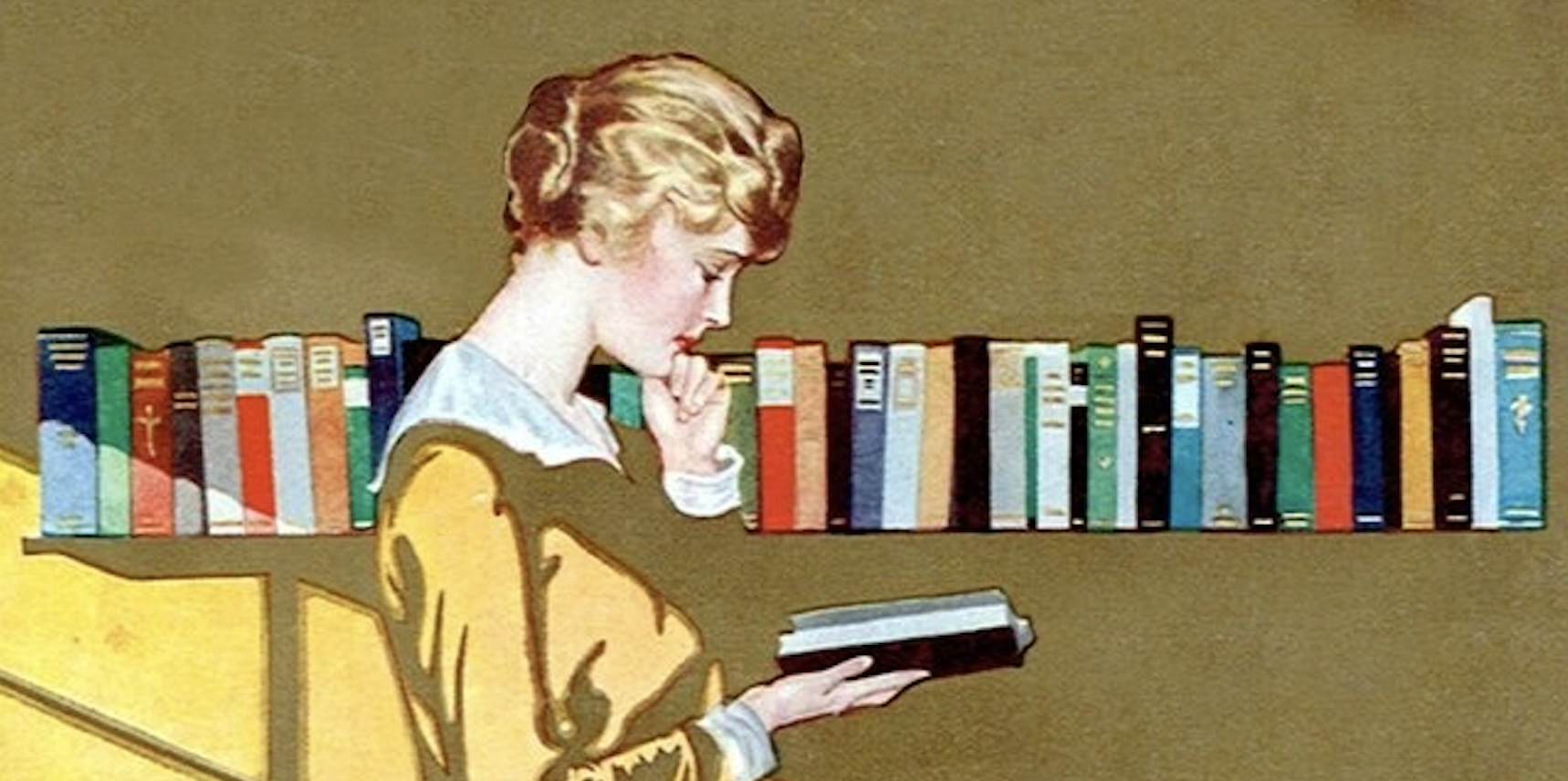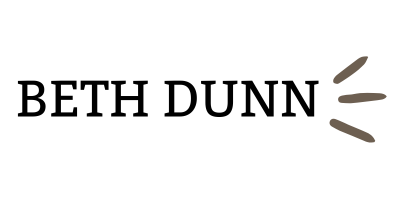Stories All The Way Down

|
The way I remember it, that first date was long. I think we sat in that cafe and talked for five hours. We were both still in college, in one of those perfect, small towns. The cafe was equally perfect and small. Just off the main street, steps down an alley, then down on the right. Inside it's dark, aromatic, comfortable, cheap. Open early for breakfast and long into the night. A low murmur of conversation. The clinking of plates. This is where people go to relax. To write papers. To meet for your most charming first dates. The first date I went on in that little cafe was my first year in college. I remember it well. We definitely talked for five hours. More. I drank seventy cups of coffee. Ate thirty scones. We kept telling each other stories until they kicked us out. While I stand by the accuracy of my memories here, I'll admit that I don't remember many of the actual stories we shared. I remember how those stories made me feel. We had so much in common. Similar events in our pasts. Weird little cultural touchstones. The same favorite band. It wasn't so much that this all added up to a sense that this was the one — it was just that this is someone else who feels like I feel. Someone else who knew what I meant before I said it out loud. Honestly, I just felt such a huge sense of relief. This was not a relationship for the ages, as it turned out. But I've always remembered the feeling the right stories could give me — of belonging, of okayness, like I wasn't so weird after all. Okay, so. We like to talk a lot about stories in our line of work. We do. Brand stories, customer journeys. Content. Delight. Ooh, that last one made a few of you shiver. I know. Bear with me. I promise we'll get to that part. If you're in marketing, you're probably thinking about the classic kinds of marketing stories. Case studies. Success stories. Customer interviews. Whatever floats your jaunty little marketing boat. If you're in product, you know there's a whole nother way we handle stories in there. It's a bit more episodic, a bit more abstract. Onboarding is just the beginning of a story that keeps popping up in illustrations, animations, helpful empty states, error messages, help text... you get the idea. But I'm not talking about any of those. Not as such. Not in isolation. I'm talking about the kind of story that connects all those dots. The BIG story. The BIG PICTURE. The reason we're here. Maybe you call it a brand story, a narrative, the big kahuna. The one. (Actually, what DO you call your big, honking story? I'd love to know.) Do you know what yours is? Are you sure? Okay, but how sure are you now? Do you think other people in your company, folks on different teams than your own, would tell me the same story if I asked them? Could you draw a straight line between the last thing you built and how it helps tell that story? That's the problem I can't stop thinking about. Why aren't they all telling the same story? Because at most companies — you know it's true — they clearly are not. I've worked in and consulted with product and marketing teams for most of my career. Sometimes I'm on one team, sometimes the other. Usually I have a foot firmly planted in both. I know it's not easy to get everybody singing the same tune. But we need to start by agreeing that this is Job #1. There needs to be one clear, compelling story that everyone in the company is part of conveying. A story that creates a real connection with your customer, something that makes them say YES. You get it. Thank you. That one great story is how you create that sense of belonging. And then you need to express it everywhere — in your marketing content, your executive posting, your podcast appearances, your visual branding, your product onboarding, your customer support. That one story needs to tie it all together. We all need to sing the same song. But we don't, really, do we? Doesn't that bother you? It bothers me, too. It’s always struck me as weird (and extremely not great) that so many companies will woo their new customers with their best, most really real stories when they first meet — then turn their backs on us once we convert. It’s like that moment in a relationship when one of you starts leaving the bathroom door open. That's when you know some of the magic is gone. When was the last time a company — after you've already paid them — made you a metaphorical mix tape? Made you feel as cherished as you did before you signed on the line? Sure, it’s all young love and flowers when you’re getting to know us — all the copy is carefully crafted, all the graphics on brand, all those emails and newsletters have the same warm, friendly vibe. Then you sign that contract, and suddenly you pass through the veil. The tone becomes formal. Uneven. Unsure. It doesn't make you feel special, or like this product or company really gets you anymore. Why can't it all be like that charming first date? Well, I think it can. In fact, I've seen it up close. I've been lucky enough to work in and consult with a few companies where they get it right. And I'm happy to say I'm at one of those great companies today. And those places have all had three key things in place:
Work in publicI've been talking a lot lately about what I call having a strong wiki culture. it doesn't have to be a wiki, per se. But great companies build a culture where people default to sharing what they're working on before it's ready to ship. They love it even more when people ask questions about it, and give their feedback. When everyone at your company is working in public, it makes it infinitely easier to get aligned, move fast, and stay on the same page. You think you move faster if you go it alone? I'm not talking about having too many cooks in your kitchen. You're still the one in charge of your work. You get to filter your own feedback. The point is to not work in a dark room somewhere, only emerging with a fait accompli. Fling open the windows and let in the light. Share what you're working on, early and often. Invite other people to share their work, too. Ask questions. Cheer each other on for the great work you do. Go all in on brandThis isn't about blowing your whole budget on a rebrand. This just means you get that brand isn't just a marketing job. If brand is what people think of you when you’re not in the room, then everyone owns that. Does the memory of our customer's last contact with you make them feel all warm inside? Feel that connection, belonging, that sense of it's-you-and-me-babe? Creating that feeling and keeping that feeling alive is something that happens whenever a customer comes into contact with you, not just in your marketing content. Everywhere. And let's be perfectly clear: your brand is expressed — first and foremost — inside your product. It's also, like it or not, in your billing emails, how your chatbot answers questions, how much you invest in accessible design. So why is brand so often just a marketing function? Make sure you execute it in those places, too. We need a more unified way of thinking about brand. Everyone who creates something a customer or potential customer sees or experiences is building your brand. For better or worse. It's stories all the way downWe need to invest as much, if not more, in stories and content that help our customers succeed, not just when we're trying to get them in the door. At every step of the way, we need to keep fostering that sense of belonging, of being a part of something special and great. You think that’s too tall an order for your specific niche? Yeah, I disagree. I've felt it in the most unexpected of places. The company that sold me my sofa. My favorite socks. Your lovely little B2B SaaS company can find that spark, too. Okay, here's a bonus one for ya: Delight is not a dirty wordThis one really irks me. Yes, the majority of your product content should be clear and direct. It should help you do the thing and get out of your way. But there’s still a distinct slice of real estate that should be reserved for delight. I will fight you on this. There are in fact moments when it's not just appropriate to make your user smile, it would be weird not to. Awkward, in fact. If we can ferret out those moments — and I promise you they are there — we can insert a little whimsy and create a fleeting moment of joy. Delight is little love letters in lunch boxes. When did those ever get in your way? Oh, and when you figure out where the lunch boxes are in your product — where a little delight wouldn't get in anyone's way — let your team have some fun. Give them enough creative time and freedom to really do something great. Whimsy doesn't come from a Jira ticket, I can promise you that. What it comes down to is we all need to talk to each other. Folks on different teams need to come to an agreement about what our shared big story is, why it matters, and how we plan to convey it in everything that we do. That doesn't happen in isolation or silos. It happens when we share our works-in-progress and ask for feedback. When we know deep in our bones that we're all brand architects. And when we realize that everyone deserves a great story that makes them feel they belong. So go on. Talk to each other. Find a nice, private corner. Grab some coffee and settle in for a long, cozy chat. It'll be worth it, I promise. It'll be a good story for later. I can't wait to hear it. |
The LatestI wrote this during the big solar eclipse, jumping up every few minutes to check on the sun. I love stuff like that — watching the planets dance around in their spheres, and just any old cyclical, seasonal, rhythmic event. It's why I love celebrating the natural cycle of seasons in my own little way. If there's a seasonal food, craft, or ritual aligned to the time of year, phase of the moon, or whatever it is, I'm cooking it, making it, or celebrating it. Why? I love the perspective you get from riding that wave. It reminds me that up follows down, day follows night, spring follows winter — you get the idea. As an undergrad, I studied geology. I learned about the megacycles of deep time — right there in the fossil record, pulsing away through the epochs of time. Cycles are everywhere — on the scale of millions of years, hundreds, annual seasons, weeks, even hours. The moon covers the sun. The sun comes back out. If you're in a down cycle right now, I know it can be hard to feel like things will ever change. But they do. They will. We'll get through it together. One thing to remember: Now's a great time to think about what happens next. And to do what we can to bring about a new day.
Illustration by Coles Phillips |
